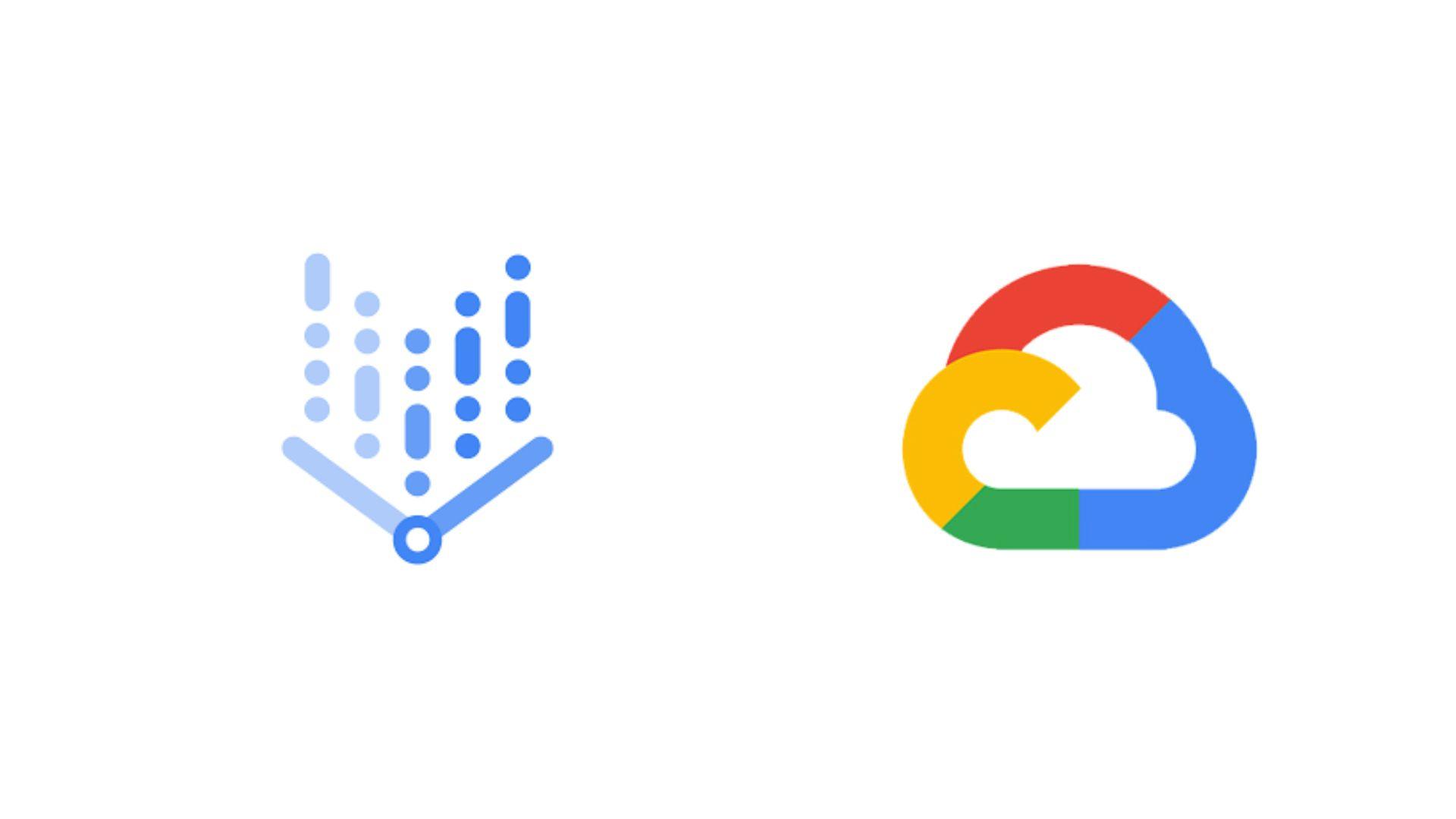Setting Up AI Workloads on Google Cloud – Beginner’s Guide
Written By Savan Padaliya on 26-03-2025
1. Introduction
Artificial Intelligence (AI) is transforming industries by automating processes, improving decision-making, and enhancing customer experiences. If you're a startup founder, SaaS builder, or developer, integrating AI into your applications can give you a competitive edge.
In this guide, we’ll cover everything you need to set up AI workloads on Google Cloud, from creating an account to training and deploying a model. This is a detailed extension of my Medium article on getting started with AI on Google Cloud.

2. Google Cloud Account Setup
Before we begin, let’s set up a Google Cloud account and enable the required AI services.
Step 1: Create a Google Cloud Account
- Go to Google Cloud Console.
- Click Get Started for Free and follow the steps to create an account.
- Google offers $300 in free credits for new users.
Step 2: Enable AI APIs
To work with AI models, we need to enable Google AI APIs:
- Navigate to APIs & Services > Library in the Google Cloud Console.
- Search and enable the following APIs:
- Vertex AI API
- AutoML API
- Cloud Vision API (for image recognition)
- Cloud Natural Language API (for text processing)
- Cloud Speech-to-Text API (for speech recognition)
Step 3: Set Up Billing
- Google requires billing to be enabled even if you are using free credits.
- Go to Billing > Link a Payment Method and add your details.
3. Deploying Your First AI Model on Google Cloud
Now that our setup is ready, let’s train and deploy an AI model using AutoML.
Step 1: Create a Dataset for AutoML
- Open the Vertex AI Dashboard.
- Click Create Dataset > Select Image Classification (or your preferred task).
- Upload images (or import from Cloud Storage).
- Click Train Model and let AutoML handle the rest!
Step 2: Deploy the Model
- Once training is complete, navigate to Deploy & Test Model.
- Select Cloud Run as the deployment option for a serverless AI-powered API.
- Click Deploy, and Google Cloud will handle scaling automatically.
Step 3: Make Predictions Using API
Once deployed, you can use the model via an API request:
bash CopyEdit curl -X POST -H "Authorization: Bearer $(gcloud auth print-access-token)" \ -H "Content-Type: application/json" \ -d '{ "instances": [{"image": {"content": "base64_encoded_image"}}] }' \ https://us-central1-aiplatform.googleapis.com/v1/projects/YOUR_PROJECT/locations/us-central1/models/YOUR_MODEL:predict
4. Running AI Workloads in Production
Once your model is deployed, it’s important to optimize it for production.
Best Practices for Running AI on Google Cloud
Use Cloud Functions & Cloud Run for scalable inference
Optimize AI costs with AutoML Edge & GPU tuning
Use BigQuery & Dataflow for large-scale AI workloads
5. Conclusion & Next Steps
You’ve now successfully set up AI workloads on Google Cloud! 🚀
What’s Next?
- Check out my Medium article on AI in Google Cloud for a beginner-friendly introduction.
- Explore Google Cloud AI documentation here.
- Start experimenting with AI models and integrations in your SaaS applications.
